
Migrants Who Braved The Darién Gap In Panama, Forced Home By Trump Deal: 'They Tricked Us' -

Adriangela Contreras was one of 300,000 migrants to make the perilous crossing in 2024, carrying her two-year-old daughter, Arianna, as she stepped over dead bodies on the trail. She arrived at Lajas Blancas in November amid a crackdown by Panamanian authorities who rolled out barbed wire in the jungle and introduced biometric tests at the border. Under a $6m agreement with the US, hundreds of migrants from Colombia and Ecuador were returned to their home countries on deportation flights. Most Venezuelans were allowed to proceed, however, and Contreras' group made it as far as southern Mexico, sleeping in the street and selling candies or washing windscreens to earn bus fares. But when on his first day in office Donald Trump shut down the CBP One app used by asylum seekers to request appointments, Contreras felt she had little option but to retrace her steps.
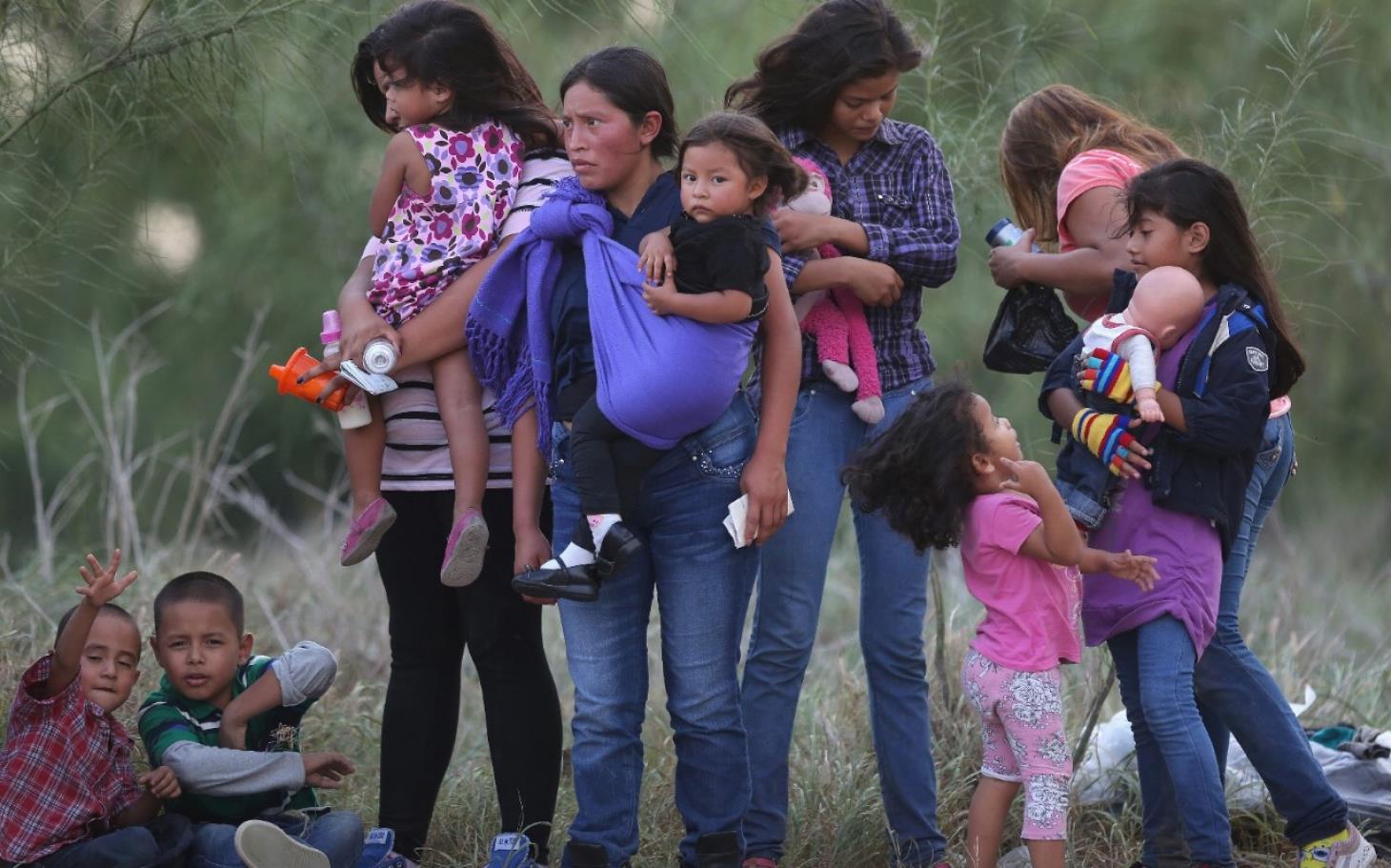
“I'm so disappointed, I didn't [decide to migrate] for myself but for my family,” she said.“Now I just want to go home, it's been a long and difficult journey.” The shutdown of CBP One and the increased Panamanian controls have all but extinguished the Darién migrant route. In February, crossings were down 96% compared with the previous year. At the end of that month Lajas Blancas, that once regularly sheltered over 3,000 migrants in plywood buildings and tents – held just 485 migrants, 90% of whom had come from the north. So far this year, 4,091 migrants have returned to Panama and the government has struggled to deal with the logistics of this reverse flow.
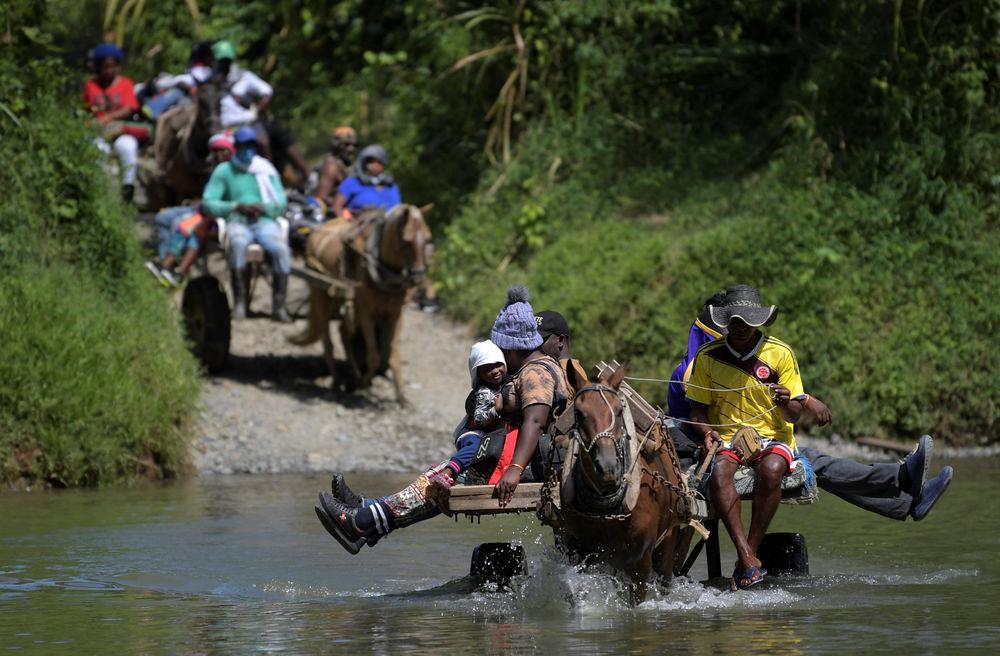
Oscar Ramírez, a 52-year-old Venezuelan, arrived at Lajas Blancas with barely $1 in his pocket. He had sold his truck to follow the“American dream”, but said he was robbed in Mexico City and then held prisoner by people smugglers in a hotel near Monterrey.“The only thing sure about Mexico is that you will be mugged,” he said. When he eventually made it into the US he was arrested by Ice that same morning and detained for three months before being deported to Villahermosa, Mexico, in January. “They tricked us,” he said,“they told us we would be able to get a repatriation flight from Panama.” Many of the migrants, including Contreras, say they were promised that, upon reaching Panama, they would be offered a place on a plane to Cúcuta, a Colombian city on the border with Venezuela.
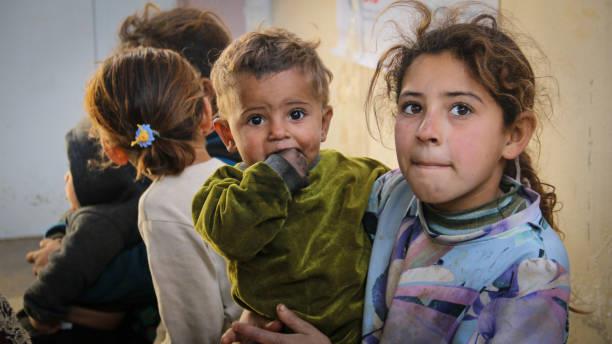
When the flight never materialized, some migrants who could afford it began taking small boats back to Colombia. On 22 February, a boat containing 19 migrants capsized and a nine-year-old Venezuelan girl drowned. Since then, the Panamanian government has introduced a new route, bussing migrants from Lajas Blancas to Miramar, a port on the Caribbean coast, and boarding them on to ferries to La Miel, an isolated village close to the Colombian border. “It was a horrible experience,” said Jessica Álvarez, who had never been on a boat before.“There were times when I thought we were going to turn over, it was really scary. I vomited and my son was really sick, everyone was so seasick.”
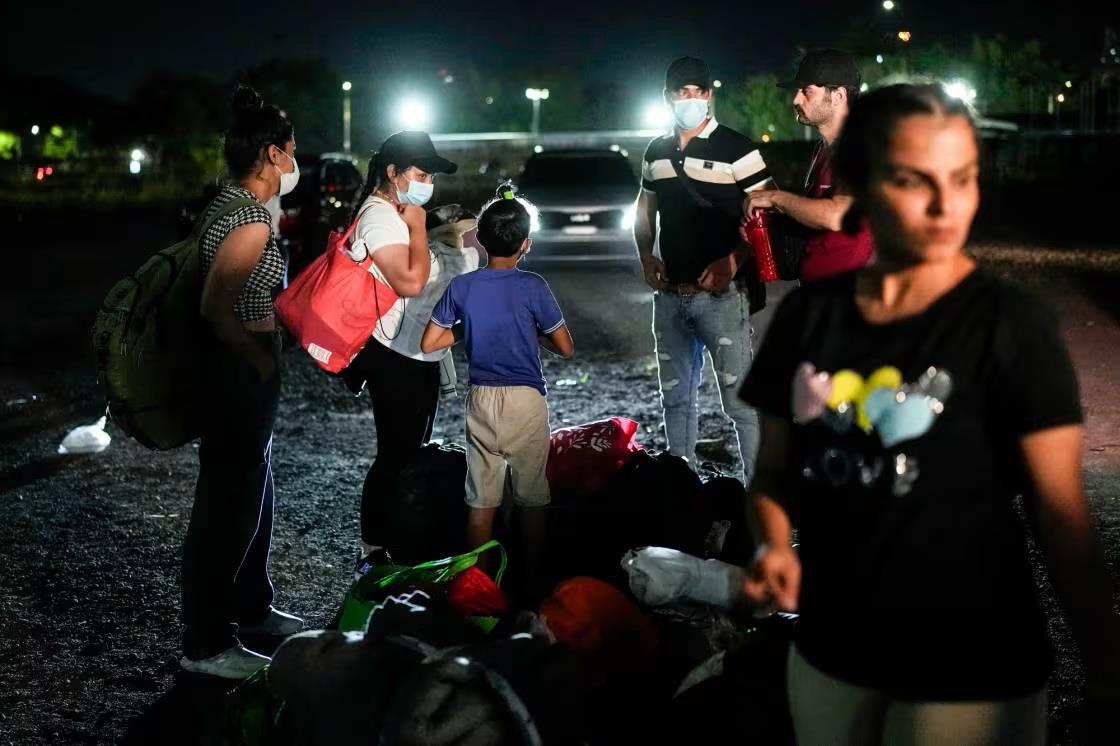
From La Miel the migrants are sent on small boats to the villages of Capurganá and then Necoclí in Colombian territory. From there many, including Álvarez, have opted to stay with friends or family in Colombian cities. But Contreras and her daughter remain stuck in Necoclí. “When we first arrived they gave us nothing, not a bite to eat, not a mattress, nothing,” she said, speaking by phone from the Colombian port. With the help of some friends she managed to find a space on the floor of a guesthouse, but she is unsure how she will raise the money to return to Venezuela to see her son who recently underwent eye surgery. “I just want to be back with my family. I hope Venezuela has something better in store for me,” she said.
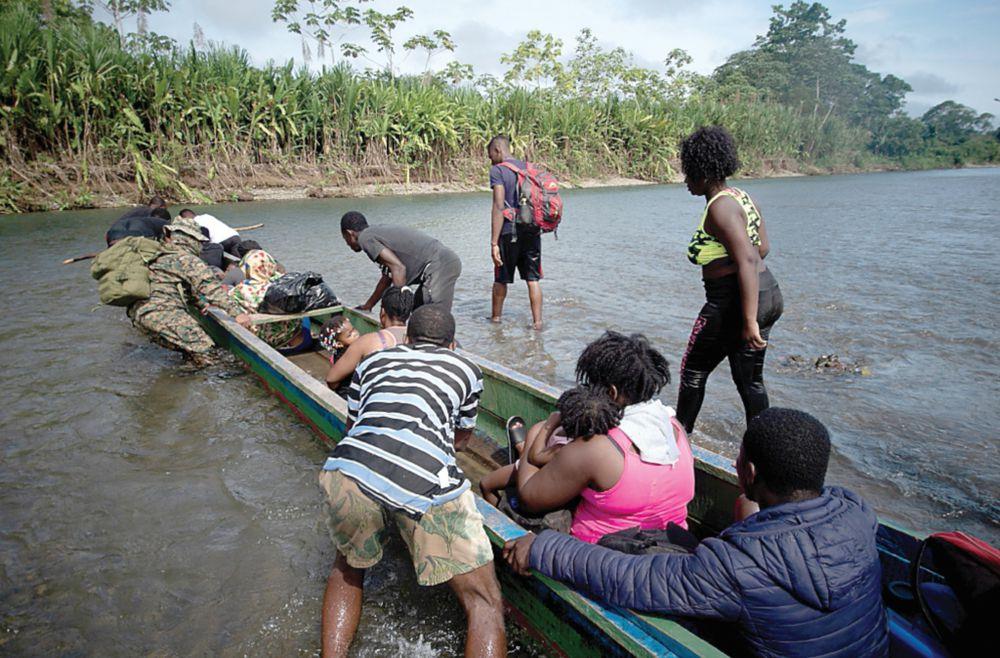
The presidents of Panama and Colombia will meet in Panama City today 28 March with migration at the top of the agenda. Humanitarian aid agencies have started to depart Lajas Blancas, which is due to be closed in the coming weeks. Any further migrants arriving through the Darién Gap will be immediately deported to their home country or to Colombia, according to Panama's ministry of public security. Ramírez had the funds to pay for a bus to Cúcuta and by Wednesday was back with his family in the state of Barinas. Over the phone he said he was happy to be home, even if he no longer had his truck. “Us migrants, we all had the same thing in our heads, the American dream,” he said.“But after the things we lived, I realized it's just that: a dream.”

Legal Disclaimer:
MENAFN provides the information “as is” without warranty of any kind. We do not accept any responsibility or liability for the accuracy, content, images, videos, licenses, completeness, legality, or reliability of the information contained in this article. If you have any complaints or copyright issues related to this article, kindly contact the provider above.


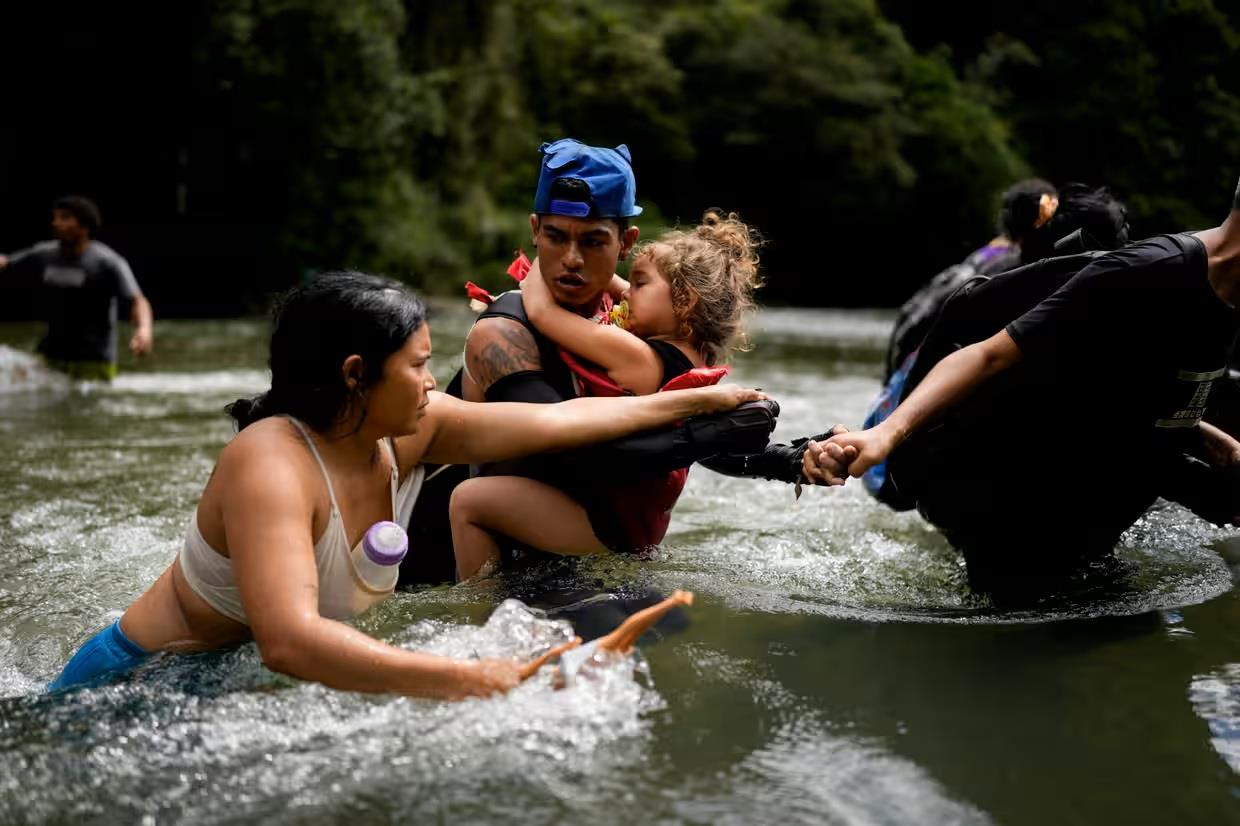



















Comments
No comment